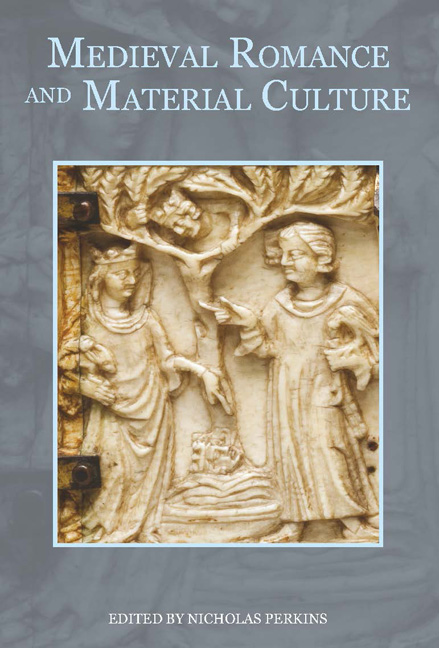10 results
Development of an international template to support patient submissions in Health Technology Assessments
-
- Journal:
- International Journal of Technology Assessment in Health Care / Volume 37 / Issue 1 / 2021
- Published online by Cambridge University Press:
- 01 April 2021, e50
-
- Article
-
- You have access
- Open access
- HTML
- Export citation
Abbreviations
-
- Book:
- Medieval Romance and Material Culture
- Published by:
- Boydell & Brewer
- Published online:
- 05 May 2015
- Print publication:
- 16 April 2015, pp xiii-xiv
-
- Chapter
- Export citation
12 - The Image of the Knightly Harper: Symbolism and Resonance
-
-
- Book:
- Medieval Romance and Material Culture
- Published by:
- Boydell & Brewer
- Published online:
- 05 May 2015
- Print publication:
- 16 April 2015, pp 199-214
-
- Chapter
- Export citation
Contents
-
- Book:
- Medieval Romance and Material Culture
- Published by:
- Boydell & Brewer
- Published online:
- 05 May 2015
- Print publication:
- 16 April 2015, pp v-vi
-
- Chapter
- Export citation
Index
-
- Book:
- Medieval Romance and Material Culture
- Published by:
- Boydell & Brewer
- Published online:
- 05 May 2015
- Print publication:
- 16 April 2015, pp 275-285
-
- Chapter
- Export citation
Frontmatter
-
- Book:
- Medieval Romance and Material Culture
- Published by:
- Boydell & Brewer
- Published online:
- 05 May 2015
- Print publication:
- 16 April 2015, pp i-iv
-
- Chapter
- Export citation
List of Contributors
-
- Book:
- Medieval Romance and Material Culture
- Published by:
- Boydell & Brewer
- Published online:
- 05 May 2015
- Print publication:
- 16 April 2015, pp xi-xi
-
- Chapter
- Export citation
List of Illustrations
-
- Book:
- Medieval Romance and Material Culture
- Published by:
- Boydell & Brewer
- Published online:
- 05 May 2015
- Print publication:
- 16 April 2015, pp vii-x
-
- Chapter
- Export citation

Medieval Romance and Material Culture
-
- Published by:
- Boydell & Brewer
- Published online:
- 05 May 2015
- Print publication:
- 16 April 2015
Acknowledgements
-
- Book:
- Medieval Romance and Material Culture
- Published by:
- Boydell & Brewer
- Published online:
- 05 May 2015
- Print publication:
- 16 April 2015, pp xii-xii
-
- Chapter
- Export citation

